This is the first part of Justice K. Kannan’s three-part series ‘Towards Truth as the Only Goal’. In a set of three articles, he shall analyse the function of the judicial process of arriving at the normative goal of truth. In this first article, he argues that while essentially all litigations are always exercises to find the truth of the matter, the way in which this is done varies in different forms of litigation. He examines how courts engage with the ‘truth’ in the different scenarios of (i) standards of proof, and (ii) nature of liabilities. While there are cases where the truth is treated to be so self-evident that it is not a matter of proof at all, there are also cases where courts abdicate their search for truth when it may not be possible to be elicited with certainty.
Look at a world what the assumptions are – lawyers lie; auditors fudge accounts; civil contractors use substandard materials; hospitals owned by corporates loot; doctors are negligent; politicians plunder; and shopkeepers cheat. The boast however is, ‘I am different. I do not do any wrong, but others do.’ If we must limit our analysis to what pervades our courts of law in their search for truth and justice, we will come to a shocking revelation – very few believe that truth is attainable. The judicial system is not engineered to securing truth at all times. The provisions for reviews before the same court and appeals and revisions in higher fora are attempts to substitute what the first court found as true or just to something of what the second forum believes to be true or just. If the appellate court reverses the judgment on a question of fact, it, in effect, finds error in what the lower court found true. If a further appeal restores the first court’s finding, it means that the first appellate court did not properly appreciate the facts.
What makes these quick reversals possible and how do we minimise them? What are the courts tasked with: is it to find ‘truth and nothing but truth’, truth by ‘preponderance of probabilities’, or truth ‘beyond reasonable doubt’? Even a person not trained in law will know that these expressions are not synonymous. Policy makers have set different goals for different types of proceedings through systems of law and evidence. I shall examine why there are different standards of proof and how we may acquire the skills required to get only at the truth and nothing but truth.
Truth is absolute. Honesty and integrity which are but its by-products are also absolute. If there is a component of untruth present even in the minutest degree, it ceases to be true. We just cannot measure the concept in relative terms. The human behaviour which gives rise conflicts is due to disparate underlying interests and varying positions that we take; conflicts occur not necessarily on account of dialectics of what is true and what is untrue. What comes to head in litigations are the assumed positions of what are right and wrong as perceived by the respective parties. The tussle between the right and the wrong in all their permutations, (such as right v. right, right v. wrong, wrong v. right and wrong v. wrong,) play themselves out in every litigation.
The process of proving what is right or what is wrong will however surely involve proving what is true. The standards of proof are set by law as a matter of policy or what the society accepts as just and fair. While there cannot be different scales of truth, there can be some assessment of how close or proximate to truth a fact sought to be proved is. One keeps pushing the notch up towards absolute truth depending on the predetermined scale of what is feasible to obtain. At the lowest rung, where a civil liability for the effect of what is perceived as wrong is strict, the standard of proof is minimal. Where there is liability for an act which is perceived as heinous, and the punishment ought, according to moral standards of society, to be stringent, there shall be exacting standards of proof.
‘Strict liability’ situations, zero proof and the self-evident truth
In all matters where the liability imposed is strict and where the person suffering a harm is vulnerable, or the person whose operations involve inherent risks that expose a large body of persons to physical or mental harm, the requirement of proof of events is minimal. Welfare oriented legislation intended to relieve persons of economic deprivation cast strict liability on the person for whose benefit the victim was engaged in the action in the first place or whose operations caused the injury. The defendant may not be a wrongdoer at all but is made liable nonetheless.
A passenger travelling on a railway train who suffers an injury or meets with death in an ‘untoward incident’, a workman who suffers an injury at the workplace during or in the course of employment, a person who is harmed by a chemical manufactured by a person whose trade is regulated by law by requirements of licensing are all compensated without raising a question of whether there was any negligence or wrong committed by the accused. The Railways Act, 1989 that compensates the injured victim or the deceased passenger expressly states through its Section 124 and Section 124A that in any action for relief against the railway administration, it shall not be necessary to prove the negligence of the railways administration towards the act that resulted in personal harm. Under the Employees’ Compensation Act, 1923, a workman who suffers a fatal injury in the course of or out of employment, notwithstanding that the employee did not observe the standards of safety laid down by the employer makes the latter liable in term of its Section 3. Public Liability Insurance Act, 1991 also makes the liability norm strict for victims of injury by the operations of an owner whose industry is notified under the Act. In all these cases, there are minimal requirements of proving factual questions, such as bringing a nexus between the accident and injury. Enquiry into the fact of a matter is underplayed and undervalued.
Therefore, if in a railway incident of a fall from train results in injury or death, it is immaterial whether the death arose by a fall while boarding a train or while de-boarding it. Again, if there is a dispute as to whether he was a passenger with a ticket or not and if there is a minimal prospect of a loss of ticket in the manner of how the accident took place, possession of a ticket and lawful authority for travel will be presumed. Under the Employees’ Compensation Act, 1923, if an employee, who was in the course of duty as a driver of a vehicle suffered a heart attack, the presumption will be that the death was on account of pressures of work and in the course of employment. If a member of public suffers skin irritation by the chemical substance manufactured by a ‘neighbouring’ industry, even causation will be presumed unless proof is adduced that the infection cannot be caused by such a chemical released by the particular industry. In all these above examples, the fact that is required to be proved is presumed, the liability to prove negligence of the defendant is dispensed with and the truth is taken to be self-evident.
A situation that speaks for itself may arise in any situation of strict liability that is referred to above or under the given set of circumstances, even if there is a higher standard of proof necessary, such as when the negligence of the defendant must be established. For example, a when vehicle which causes an accident had a brake failure, or when the driver of a vehicle drove against a pedestrian who was walking on the kerb, or if the vehicle involved was driven by a person who did not possess a authorised licence to drive – in all these situations, the fact that is required to be established shall be taken as ‘res ipsa loquitur’.
Proof by ‘preponderance of probability’ and Court’s belief of truth
Push the notch a little higher to situations where there are no presumptions drawn and the plaintiff who seeks relief in a civil court shall have to adduce evidence regarding the circumstances and conduct of parties that comport with the inference probablising the existence of the fact alleged. For instance, in a dispute relating to a property where the plaintiff and defendant make rival claims flowing from two different wills alleged to be made by one deceased person, the court may find both wills to be true and despite not finding anything false either about the plaintiff’s or defendant’s case, but only if the will favouring the defendant is later in point of time to the one favouring plaintiff’s claim, the defendant’s will shall prevail with the court (See Section 88 of the Indian Succession Act, 1925). However, if the court finds that one of the contesting parties knows that the will propounded by the deceased was later modified or cancelled by a latter will but still alleges the will to be the last will, he shall be said to have adduced false evidence. The same shall be the conclusion if the court finds that one of the wills was not executed by the person whose property is the subject of bequest. The normal disposition of the court is either a decree or a dismissal, depending on which of the wills propounded by the parties is accepted or rejected. The court sifts evidence and the opinions swing from one to another, when it weighs the probabilities of whose version among the two carries more weight for concluding on one particular position. The court may have its moments of prevarication, but it picks the side that seems more plausible. Truth is not discarded but even if not self-evident, the court believes something to be true on preponderance of probabilities.
Proof beyond reasonable doubt and Abdication of searching for truth
In criminal cases, the standard of proof is high because convictions, in most cases, result in loss of personal liberty by confinement in prison, which is perceived as being a more stringent punishment than compared to what a person suffers by payment of damages or fine. The presumption of innocence until proven guilty is to ensure that the prosecuting agency shall always prove the guilt of the accused with no doubt left lurking in the mind of the court that the accused alone had committed the offence. The focus of the defence side suddenly is not on proving a set of facts by adducing positive evidence but on creating doubts in the judge’s mind about the facts sought to be proved by the prosecution. It is sufficient that the case as presented by the prosecution is shown to be doubtful in some key respects, say, by the presence of witnesses produced at the place of occurrence to be eligible to be cited as a witness in the first place, by the time of occurrence of the offence, or by showing some prior enmity of the witnesses to the accused etc. The showing of mere doubts by themselves shall be enough to lead to the benefit of doubt to be given to the accused. Here, truth is not unravelled. Doubts dominate to cloud the judicial perception and the court gives up its search for truth on account of it being not possible to be elicited with certainty.
Court’s responses to different situations
If the court finds that witnesses on one side have not spoken the truth, it says so on appreciation of the quality of the witness and records a finding that it does not believe the version of the said witness. When there are no documents to contradict a version, this belief is not always developed on objective factors. If the witness says that he saw a particular incident, and it turns out that there is documentary proof against such a version where it let’s say it is proved through photographs that he was at some other place, then the preponderance of probability is against the version that he saw the event. In the same set of circumstances, each of the documentary pieces of evidence could be proved to be false and fabricated. Or, if there were no documents but a merely a version by another that he had seen him in another place, we have one version against another; oath vs. oath, as it is said. It is anybody’s guess how the judge will decide. Documentary evidence is invariably stronger because manufacturing false documents is on any given day more difficult than lying. Spoken word has less value than a written instrument. The standards of proof in civil and criminal cases vary because, the outcome in both the types of cases are also different; the way that the cases are presented are different. The nature of the reliefs grantable is different. The tools of investigation are however same. The Evidence Act, 1872 enacts the same procedure for letting in evidence in both, civil and criminal cases. Witnesses are brought to state on oath ‘truth and nothing but truth‘. The effect of untruth as far as the witness is concerned is the same in that perjury knows no distinction between civil or criminal cases.
Mr. Justice Kannan Krishnamoorthy is a former judge of High Court of Punjab and Haryana and currently the Chairman of the Railway Claims Tribunal at New Delhi.


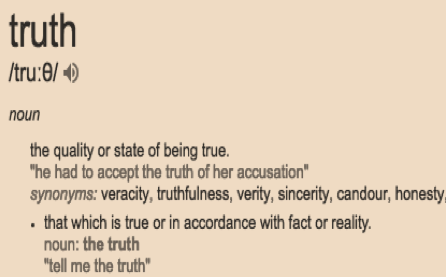

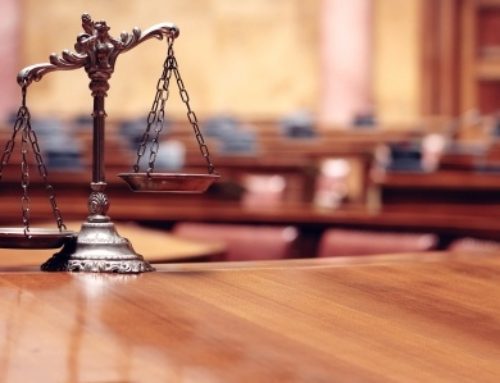
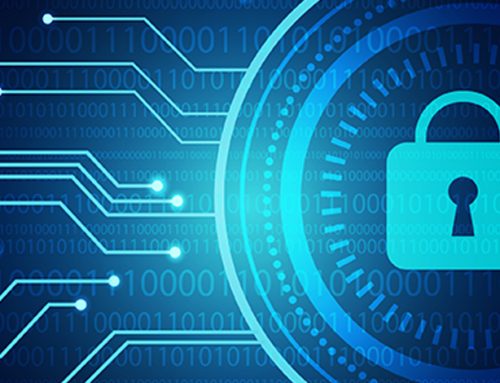
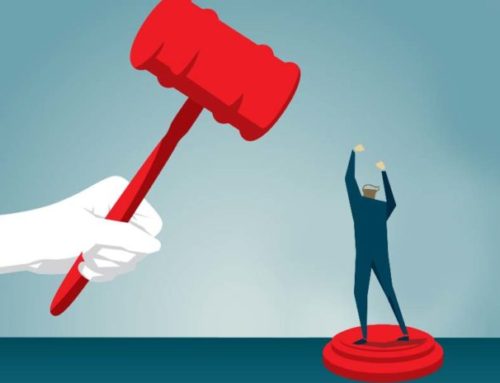
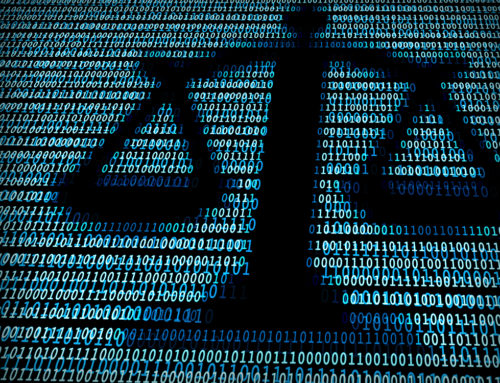
Leave A Comment